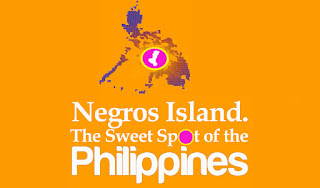National Food Security Needs Our Young Scientists
The Filipino youth is being harked upon to enter the field of the sciences, specifically into agro-biotechnology. This will enable the country to ensure its food security. This was disclosed by agriculturists at a recently held biotechnology convention. “We need the young ones, our future scientists and agriculturists, to continue our works for the agriculture sector, so that more food will be served on our table in the next years,” Rita Laude of UP Los Baños (UPLB) said at a science and technology forum on agri-biotechnology during the National Biotechnology Week celebrated by the Department of Science and Technology (DOST) last week.
Laude, who gave a presentation on “Genomics Overview and Its Application in Crops,” said that agri-biotechnology was seen as a field of science that can address global concerns on food security.
Genomics has been in use in agriculture for some time by now and it has resulted in increasing the yields of crops, make the crops more resilient to climate change and infestation by parasites. The sequencing of the genome of plants, animals and microorganisms has resulted in understanding the dynamics and their interplay within the whole ecological framework.
The Philippines, despite its vast fertile farmlands, might face a possible food shortage if the government will not invest in biotechnology, experts warned at the forum.
In a discussion dubbed S&T Forum on Agri-Biotech held in the recent National Biotechnology Week (NBW) 2015 at SM Dasmariñas in Cavite, scientists and agriculturists from the DOST-Philippine Council for Agriculture, Aquatic and Natural Resources Research and Development (DOST-PCAARRD), UPLB, and UPLB – National Institute of Molecular Biology and Biotechnology (UPLB-BIOTECH) discussed the programs, processes, and researches associated with biotechnology and genomics, with mostly agriculture and biology students in the audience.
The other speakers at the forum were Hayde Galvez of UPLB who discussed the “Coconut Genomics Program” of the Philippine Genome Center Development Program for Agriculture, and Mannix Pedro of UPLB-BIOTECH who presented his group’s project on the development of a plant biostimulant funded by PCAARRD.
A biostimulant is any substance based on natural resources made into a specific form and applied to plants, seeds, soil and others to stimulate the natural processes of plants and make them benefit from nutrient efficiency.
Monday, December 14, 2015
Agriculture, Science, Technology





























